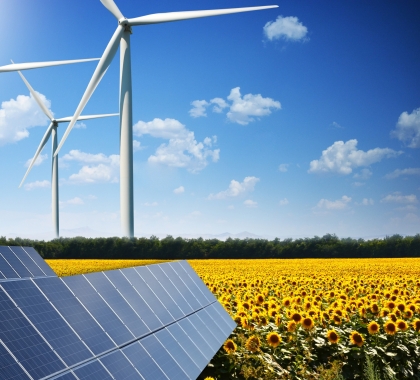Utility-scale battery energy storage systems have been growing quickly as a source of electric power capacity in the United States in recent years.
In the first seven months of 2024, operators added five gigawatts of capacity to the U.S. electric power grid, according to the U.S. Department of Energy. In 2010, only four megawatts of utility-scale battery energy storage was added in the U.S. In July 2024, more than 20.7 GW of battery energy storage capacity was available in the U.S.
Battery energy storage systems provide electricity to the power grid and offer a range of services to support electric power grids. Among these services are balancing supply and demand, shifting electric load away from the times of day when the net load is heaviest to times when it is lighter, and allowing electricity from renewable sources, such as wind and solar, to be stored until needed instead of curtailing those sources at times when they produce more electricity than is used.
Energy storage systems are not primary electricity sources, meaning the technology does not create electricity from a fuel or natural resource. Instead, they store electricity that has already been created from an electricity generator or the electric power grid, which makes energy storage systems secondary sources of electricity.
Most U.S. utility-scale battery energy storage systems use lithium-ion batteries. Other types of energy storage systems include pumped-storage hydroelectricity, flywheels, and compressed air.
(Source: U.S. EIA)

